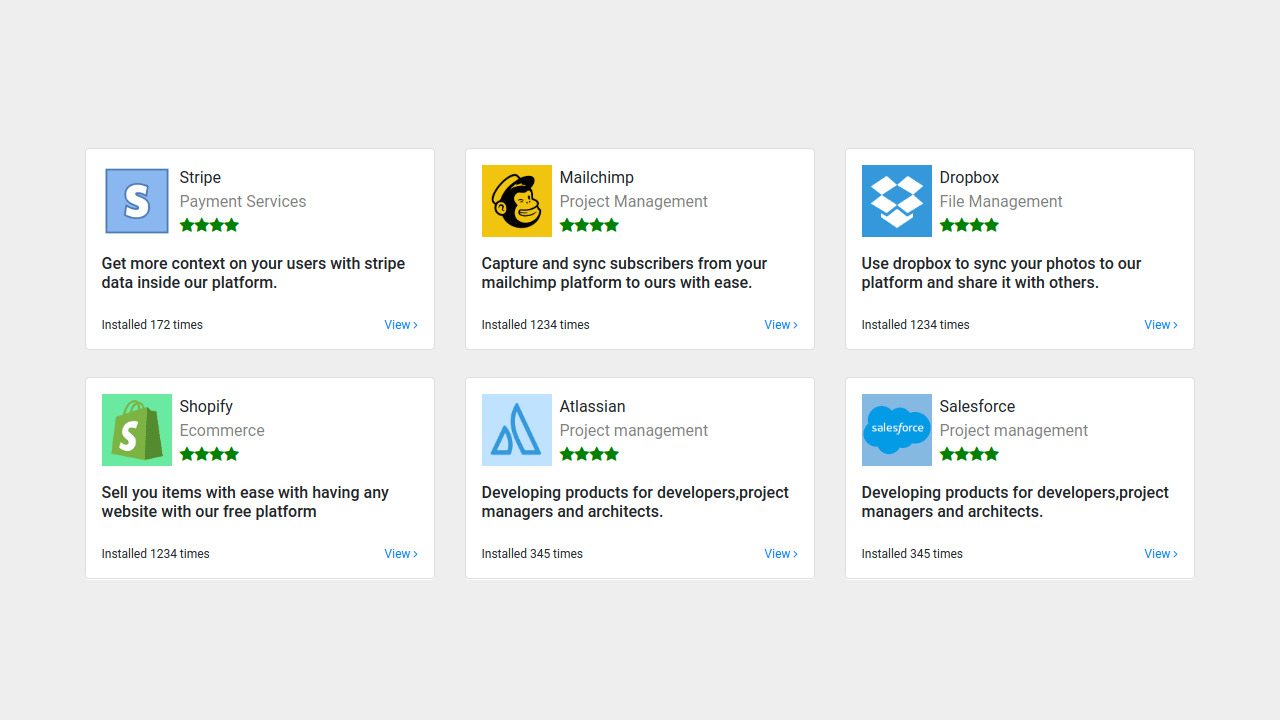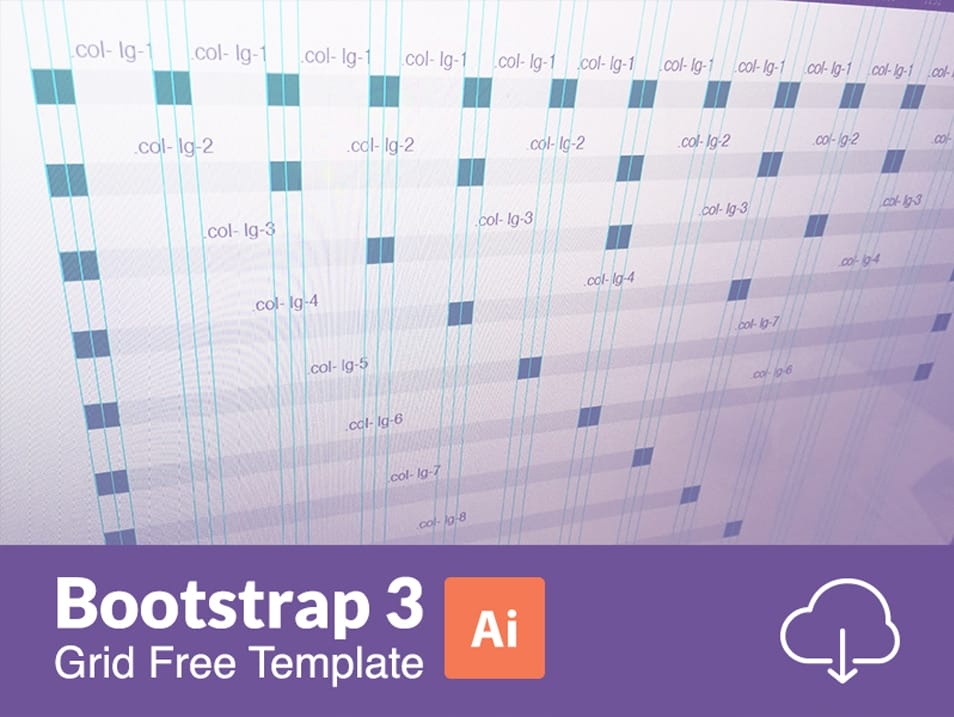

It’s your go-to solution if you need anything beyond a static table. It provides you with everything you need to create an advanced, highly interactive grid-based UI, including filtering, data streaming, charting, and more. On the other hand, AG Grid is a full-blown, high-performance grid library. However, it’s still a simple table that’s meant for basic use cases. You can set basic styles, add a row hover effect or dark theme, and make the table responsive with just a few props. React-Bootstrap makes the often-tedious process of creating an HTML table easier, not only with React’s reactivity and JSX but also with a faster styling process. React-Bootstrap Tableīefore getting into the code, you should know the differences between AG Grid and React-Bootstrap’s built-in Table component.Īt its core, the Table component is a traditional HTML table with a header, body, rows, and cells.
#BOOTSTRAP GRIDS TUTORIAL CODE#
You can find the complete code for this tutorial in this GitHub repo. You’ll see how easy it is to use both tools to build a compelling, user-friendly UI.
#BOOTSTRAP GRIDS TUTORIAL HOW TO#
In this article, you’ll learn how to integrate React-Bootstrap with AG Grid, a batteries-included JavaScript grid with first-party React integration. As one of the oldest React component libraries, React-Bootstrap is an excellent choice for building modern, responsive UI. Every component is compatible with Bootstrap themes, optimized for accessibility, and can be controlled with React props. React-Bootstrap provides Bootstrap-powered React components with built-in reactivity. The breakpoints of responsive grid follow BootStrap 4 media queries rules (not including occasionally part).This post contributed to the AG Grid blog by Arek Nawoīootstrap is one of the most popular CSS frameworks, so it’s no surprise that many libraries integrate it with the top JavaScript UI frameworks. You can modify the breakpoints values using by modifying screen with theme customization (since 5.1.0, sandbox demo). Screen ≥ 1600px, could be a span value or an object containing above props Screen ≥ 1200px, could be a span value or an object containing above props Screen ≥ 992px, could be a span value or an object containing above props Screen ≥ 768px, could be a span value or an object containing above props Screen ≥ 576px, could be a span value or an object containing above props Screen < 576px and also default setting, could be a span value or an object containing above props Raster number of cells to occupy, 0 corresponds to display: none The number of cells that raster is moved to the right The number of cells that raster is moved to the left The number of cells to offset Col from the left Layout uses a 24 grid layout to define the width of each "box", but does not rigidly adhere to the grid layout. You can also define the order of elements by using order.

The Grid system also supports vertical alignment - top aligned, vertically centered, bottom-aligned. Our grid systems base on Flex layout to allow the elements within the parent to be aligned horizontally - left, center, right, wide arrangement, and decentralized arrangement.

For example, three columns of equal width can be created by. The column grid system is a value of 1-24 to represent its range spans.Your content elements should be placed directly in the col, and only col should be placed directly in row.Establish a set of column in the horizontal space defined by row (abbreviated col).In the grid system, we define the frame outside the information area based on row and column, to ensure that every area can have stable arrangement.įollowing is a brief look at how it works: To ensure a high level of visual comfort, we customize the typography inside of the box based on the box unit. Boxes are proportional to the entire screen as shown in the picture above. We suggest four boxes for horizontal arrangement at most, one at least.

In most business situations, Ant Design needs to solve a lot of information storage problems within the design area, so based on 12 Grids System, we divided the design area into 24 sections.


 0 kommentar(er)
0 kommentar(er)
